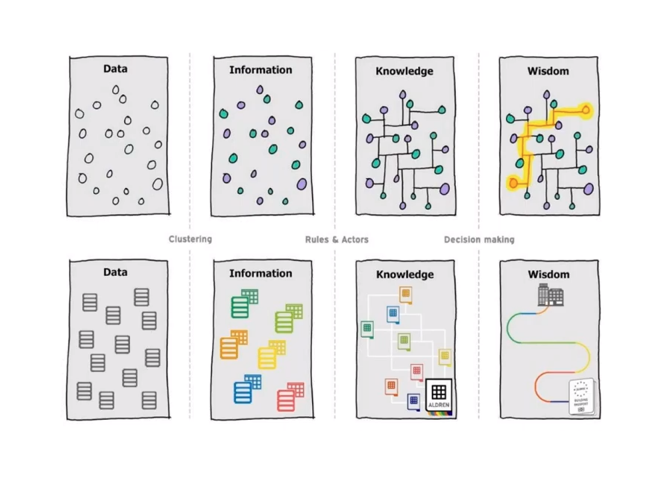Open access publication titled “Overview of the Available Knowledge for the Data Model Definition of a Building Renovation Passport for Non-Residential Buildings: The ALDREN Project Experience”
is available in “MDPI – Sustainability 2020, 12, 642” (click here).
Main authors: Marta Maria Sesana (1), Mathieu Rivallain (2) and Graziano Salvalai (3)
(1) Polo Territoriale di Lecco, Politecnico di Milano, 23900 Lecco, Italy
(2) Centre Scientifique et Technique du Bâtiment, CEDEX 16, 75782 Paris, France;
(3) Department of Architecture Built environment and Construction engineering, Politecnico di Milano, 20133 Milan, Italy;
DOI: https://doi.org/10.3390/su12020642
Full paper: click here
Abstract:
According to its strategic long-term vision, Europe wants to be a climate-neutral economy by 2050. Buildings play a crucial role in this vision, and they represent a sector with low-cost opportunities for high-level CO2 reduction. The challenge the renovation of the existing building stock, which must be increased to 3%/year, more than double compared to the current 1.2%/year.
In this context, the ALliance for Deep RENovation (ALDREN) project has the goal of encouraging property owners to undertake renovation of existing buildings using a clear, robust, and comparable method.
This paper aims to present the ALDREN approach and the ALDREN Building Renovation Passport (BRP), giving an overview of the connections and data links to other existing databases and certification schemes. To understand the data value potential of buildings, one requires reliable and trustworthy information.
The Building Renovation Passport, introduced by the recent Energy Performance Building Directive (EPBD) recast 844/2018/EU, aims to provide this information.
This paper presents the experience of the ALDREN BRP for non-residential buildings as well as the development procedure for its data model and the potential that this tool could have for the construction market.
The ALDREN BRP has been structured into two main parts—BuildLog and RenoMap—with a common language that facilitates communication on the one hand and, on the other, the setting of renovation targets based on lifetime, operation, and user needs.


Recent Comments